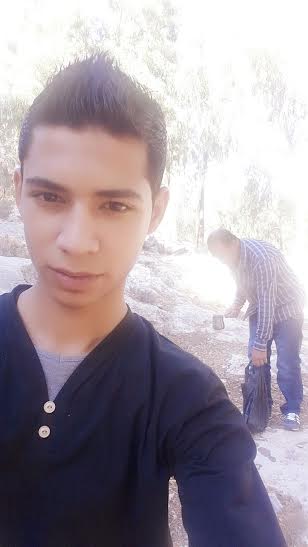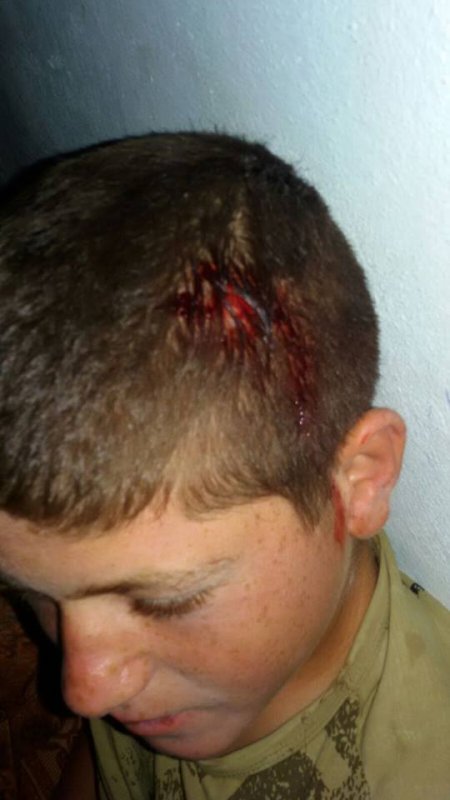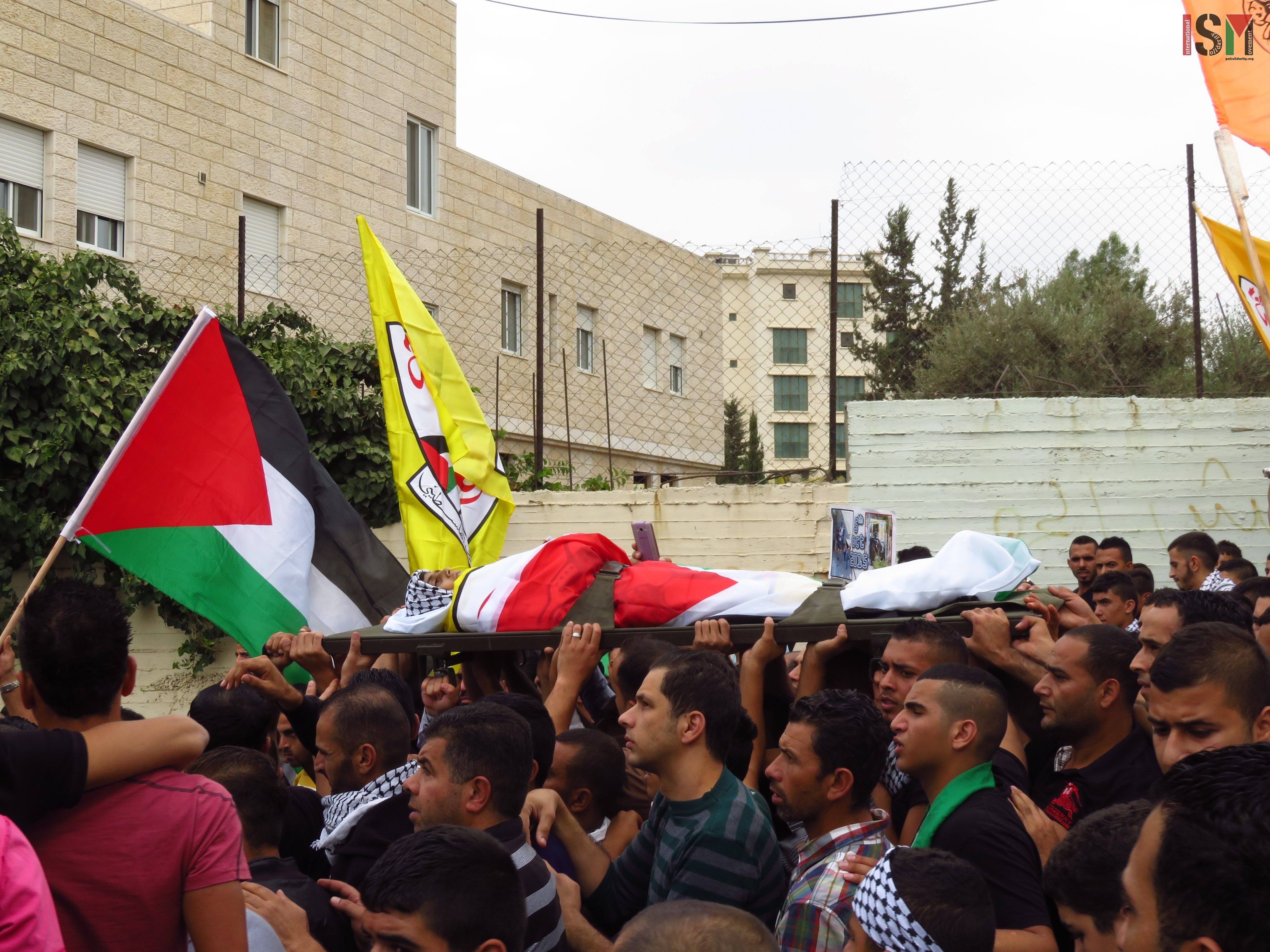-
Palestinian and International civilians to resist revenge home demolition
8th October 2015 | International Solidarity Movement, Al-Khalil team | West Bank, occupied Palestine Wednesday 7 October ’15 Surda Ramallah Palestinian civilians joined by International solidarity activists will gather tonight, Wednesday 7, October ’15, at the home of the bereaved family of Muhannad Halabi, which is threatened by demolition in retaliation for the fatal stabbing […]
-
Operation Dove: Increase in tensions in Southern Hebron Hills: several attacks against Palestinians
Operation Dove concerned about the ongoing escalation of violence in the West Bank Tensions between Palestinians and Israeli settlers in the occupied West Bank have arose in recent days after two Israeli settlers were shot dead near Nablus on Thursday October 1 by suspected Palestinian attackers. Since the shootings, there has been an upsurge of […]
-
More Palestinians injured as Israeli forces violently attack mourners at a funeral in Bethlehem
6th October 2015 | International Solidarity Movement, Al-Khalil team | Bethlehem, occupied Palestine The funeral of the 13-year old Abed al-Rahman Obeidallah, who was shot and killed by Israeli forces on his way home from school yesterday, took place today in Betlehem with over a thousand attendees. They marched from the Beit Jala hospital to Abeds house […]
Action Alert An Nabi Saleh Apartheid Wall Arrests BDS Bethlehem Bil'in Cast Lead Demonstration Denial of Entry Ethnic Cleansing Farmers Gaza Global Actions Hebron House Demolition International law Israeli Army Jerusalem Live Ammunition Nablus Ni'lin Prisoner Ramallah Rubber-coated steel bullets Settlement Settlers Settler violence Tear-Gas Canister Video



